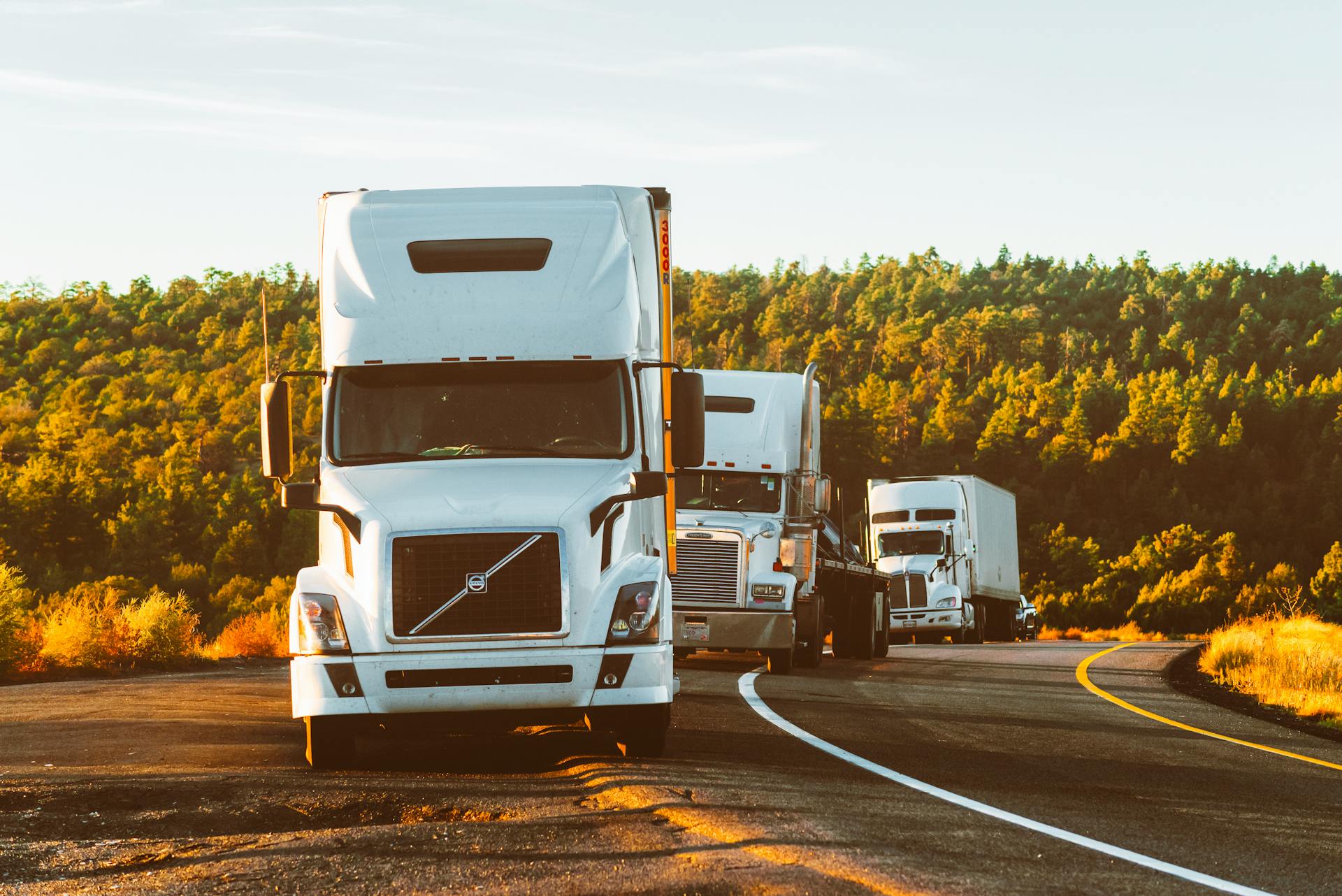Telematics—a mash-up of “telecommunications” and “informatics.” That’s what it boils down to. It’s the tech that helps devices send, receive, and save data about mobile, connected objects. Think of it as a system that gathers info and gives advice or guidance.
Here’s why businesses, especially fleet managers, are into it: it saves time, cuts risks, and ramps up productivity. No-brainer, right?

What Exactly Is a Telematics System?
Envision a whole fleet of vehicles sharing data with their central office—like a dispatch hub. That’s a telematics system in action. It has two main parts: a stationary communication hub and mobile systems inside vehicles. Industries from government services to forestry use telematics to make their operations as smooth as butter.
The stationary part? It’s either run by the supplier or maintained by the business itself. Typically, there’s a database storing vehicle locations and messages. Throw in digital maps, and managers can track vehicle positions easily. Communication happens via satellite, cellular networks, or radio signals.
Fleet Managers and the Telematics World
Managing fleets isn’t just about moving vehicles from Point A to Point B. Fleet managers have to be tech-savvy. They juggle costs, safety, and efficiency while keeping up with the ever-changing world of telematics.
How Does Telematics Work?
There’s hardware, software, and a whole lot of tech magic behind it. Devices in the vehicles link to wireless networks, GPS satellites, and the engine. This constant connection keeps both dispatchers and drivers on the same page.
Tech That Makes It Tick:
- In-Vehicle Devices
Small gadgets hooked up to the internet and vehicle engines, using GPS or satellite connections. - Wireless Networks
Most data gets sent through wireless connections, though rural dead zones can force data to be stored temporarily. - Satellite Links
Expensive but dependable when no other connection is available. - GPS Modules
These track locations (latitude, longitude, elevation) and map out routes. - Mapping Tools
Ever used Google Maps? Same idea. Telematics integrates mapping services to visualize routes, traffic, and geofenced zones. - Engine Data
Devices pull data like speed, fuel consumption, or even engine trouble codes. - Cloud Services
The gathered info is directed to cloud platforms for processing, storage, and analysis. - Mobile Apps & Web Portals
Managers use these to make decisions, track vehicles, and spot inefficiencies.
Going Beyond GPS
Sure, GPS tells you where a vehicle is, but telematics digs deeper. How fast is it going? How much fuel is it burning? How often does it idle? All this data flows into online dashboards, giving managers insights to boost efficiency.
Real-time tracking? It’s a game-changer. Managers can optimize routes on the fly, monitor driver behavior, and improve customer satisfaction.
Cool Advancements in Telematics
Cameras: These improve safety by recording driver behavior or capturing incidents.
Asset Tracking: GPS asset tracking is not just about trucks. Businesses can track trailers, equipment, and even tools. Devices powered by batteries or solar energy send data via wireless or satellite networks. This helps locate stolen equipment, manage dispatch better, and save time.

Who’s Using Telematics?
These days, it’s everywhere. Construction companies, transport firms, utility providers, taxi services, and even governments rely on telematics. Why? It helps them be more reliable, efficient, and profitable.
Key Benefits
- Boosting Productivity:
Managers get a full view of operations, helping them make smarter decisions. - Cutting Costs:
Real-time data reduces maintenance issues and fuel waste. Fewer breakdowns, and less downtime. - Less Paperwork:
Office tasks become streamlined with telematics software. - Alerts:
Managers get notified about speeding, excessive idling, or accidents. Quick action can be taken. - Cargo Tracking:
Even off-road, trailers and containers can be located. This reduces theft and misuse. - Driver Safety:
Monitoring driver behavior and vehicle health ensures everyone stays safe.
Privacy and Security
Understandably, drivers may feel uneasy about being tracked. That’s where the ELD mandate comes in—it limits what data can be shared, like keeping personal driving details vague within a 10-mile radius.
Incentives for drivers help, too. Fleet managers can use benchmarks to reward safe and efficient driving.
Data security is another biggie. Companies must create strong policies and train employees to protect sensitive information.
The Bottom Line
Telematics is reshaping how fleets operate, saving money, and improving safety. The technology is constantly evolving, and businesses that adopt it gain a competitive edge. Sure, there are privacy concerns, but with the right practices, these can be managed effectively.
Fleet telematics isn’t just a tool—it’s the future of transportation management.

